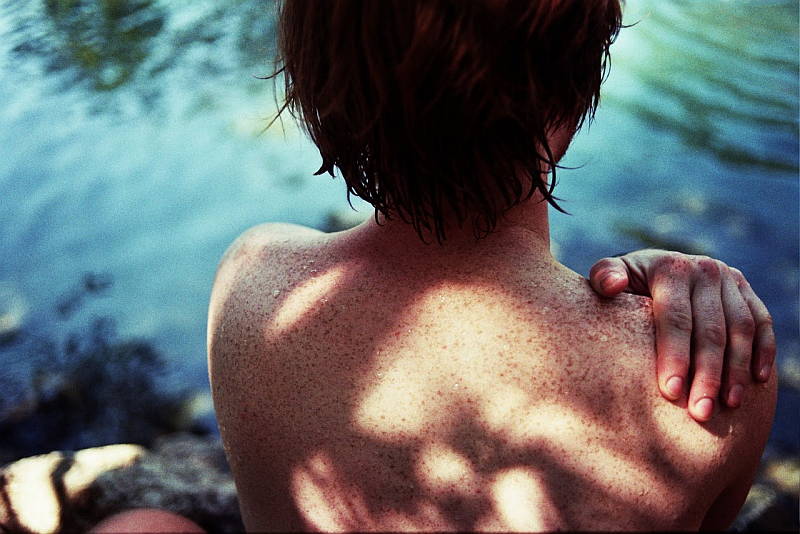Basal cell carcinomas are the most common form of all skin cancer. Fortunately, it is also a form of skin cancer that rarely ever poses a threat to the life of the patient. ‘Skin cancer’ is an umbrella term for a whole array of subtypes of cancer in the skin. The skin has two distinct layers, known as the epidermis (the uppermost layer) and the dermis. The subcutaneous fat is below the dermis. Skin cancer most commonly develops in the epidermis. Different variants of skin cancer are given their names based on the type of skin cell from which they originate. For example, the version known as basal cell carcinoma (usually called BCC) comes from the basal keratinocytes, or those lowest in the epidermis.
Causes of Basal Cell Carcinoma
Basal Cell Carcinoma Subtypes
BCCs take a number of different forms. The more common of these are:
- Nodular
- Superficial
- Morphoeic/ infiltrative
- Micronodular
- Pigmented
- Basisquamous
Treatments for Basal Cell Carcinoma
The type or form of BCC dictates the treatment, but so too does the shape, size and location of the skin cancer.
The most common approaches to treating this usually low-risk form of cancer include:
- Superficial surgery- through shaving, curettage and cauterization.
- Excision – the entire lesion is cut out from the skin and stitches are required.
- Mohs surgery – when the BCC is an aggressive subtype, recurrent, large and/or is in a high risk area of the face, referral to a dermatologist experienced in this specialised technique may be required. The procedure ensures complete removal of the skin cancer at the time of surgery and prior to repair.
- Photodynamic therapy – this uses a photosensitising chemical that is exposed to special lighting, which then destroys the cancerous cells.
- Cryotherapy – this is the removal of a BCC lesion by freezing it with liquid nitrogen. This technique is used only for low-risk lesions.
- Special immune response creams – this requires a series of applications, causing an inflammatory reaction that triggers the body to attack and destroy the cancer cells.
- Radiotherapy- is rarely required. It is indicated for larger lesions in older patients, where surgery would be complex, or is inadvisable.
Infrequently, a cancer will grow back. In order to detect this uncommon event, the treated area should be checked periodically for five years.
If you have any questions or concerns about basal cell carcinomas or their management contact us today.
